Doug Cunningham
Fri, December 15, 2023
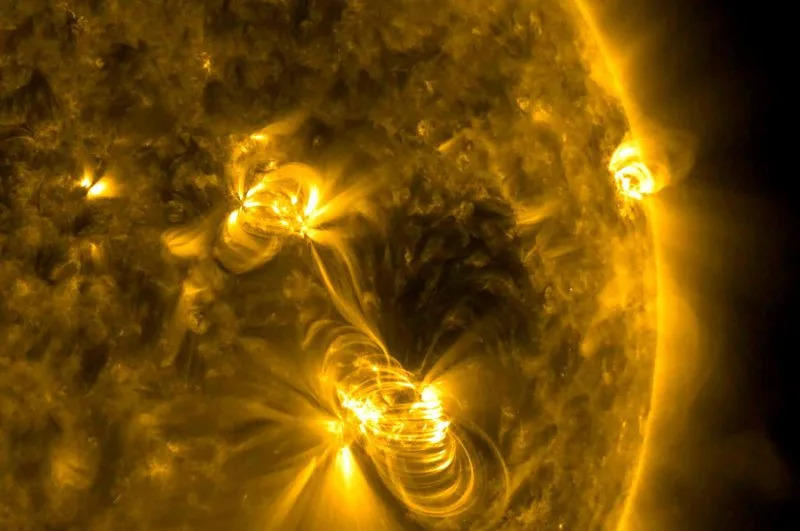
A huge solar flare, the largest since 2017, disrupted radio communications o nEarth Thursday afternoon. A medium-sized (M2) solar flare and a coronal mass ejection (CME) is depicted on July 14, 2017. NASA/UPI
Dec. 15 (UPI) -- A huge solar flare, the biggest since 2017, disrupted radio communication for two hours on Earth Thursday. It was detected by a NASA telescope.
"This is likely one of the largest solar radio events ever recorded," the U.S. Space Weather Prediction Center said in a statement. "Radio communication interference with aircraft were reported by multiple NWS Center Weather Service Units co-located at FAA facilities.
"These impacts were felt from one end of the Nation to the other. Additionally, SWPC is analyzing a possible Earth-directed Coronal Mass Ejection (CME) associated with this flare."
The CME is an outburst of plasma from the sun. This eruption happened in the northwest section of the sun.
NASA said in a statement, "The sun emitted a strong solar flare, peaking at 12:02 p.m. EST, on Dec. 14, 2023. NASA's Solar Dynamics Observatory, which watches the sun constantly, captured an image of the event."
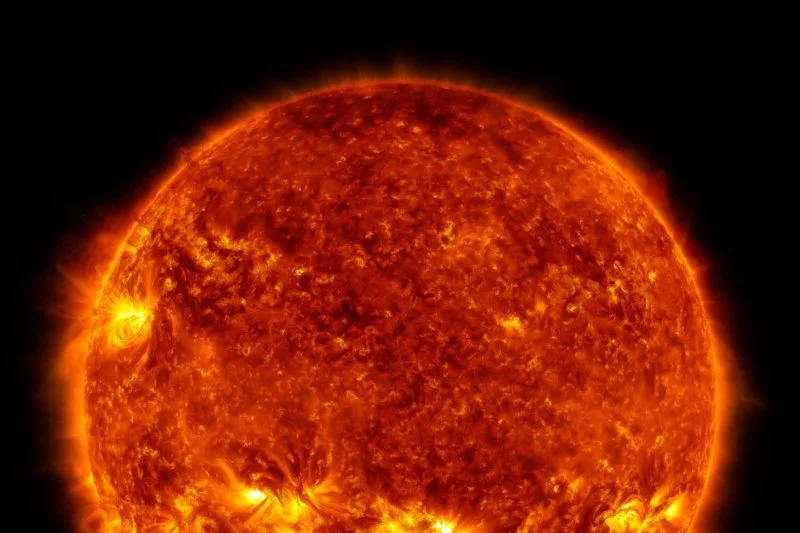
An intesne solar flare Thursday was classified as an X2.8 flare. X is used by NASA to denote the most intense flares. This image, shows an X1.0 class solar flare flashes in the center of the Sun, captured Oct. 28, 2021, by NASA's Solar Dynamics Observatory. NASA/UPI
NASA said solar flares are powerful bursts of energy that can affect not just radio communications, but electric power grids, and navigation signals while also posing potential hazards to spacecraft and astronauts.
The flare was classified as an X2.8 flare. X class is used by NASA to describe the most intense solar flares.

NASA's Solar Dynamics Observatory, which watches the sun constantly, captures images of a significant solar flare – as seen in the bright flash on the left – peaking at 6:11 p.m. EDT on May 5, 2015. Each image shows a different wavelength of extreme ultraviolet light that highlights a different temperature of material on the sun. By comparing different images, scientists can better understand the movement of solar matter and energy during a flare. Photo by NASA/SDO/Wiessinger/UPIMore
The Solar Dynamics Observatory used extreme ultraviolet light to record the flare. The observatory was launched in 2010 and is in an extremely high orbit around Earth, constantly monitoring the sun.
The sun has an approximately 11-year solar cycle, with maximum sunspot activity predicted in 2025.
In February 2022, a solar storm knocked out 40 of 49 SpaceX Starlink broadband communications satellites.
Strongest Solar Flare in Years Disrupts Radio Signals in U.S.
Alex Nguyen
Fri, December 15, 2023
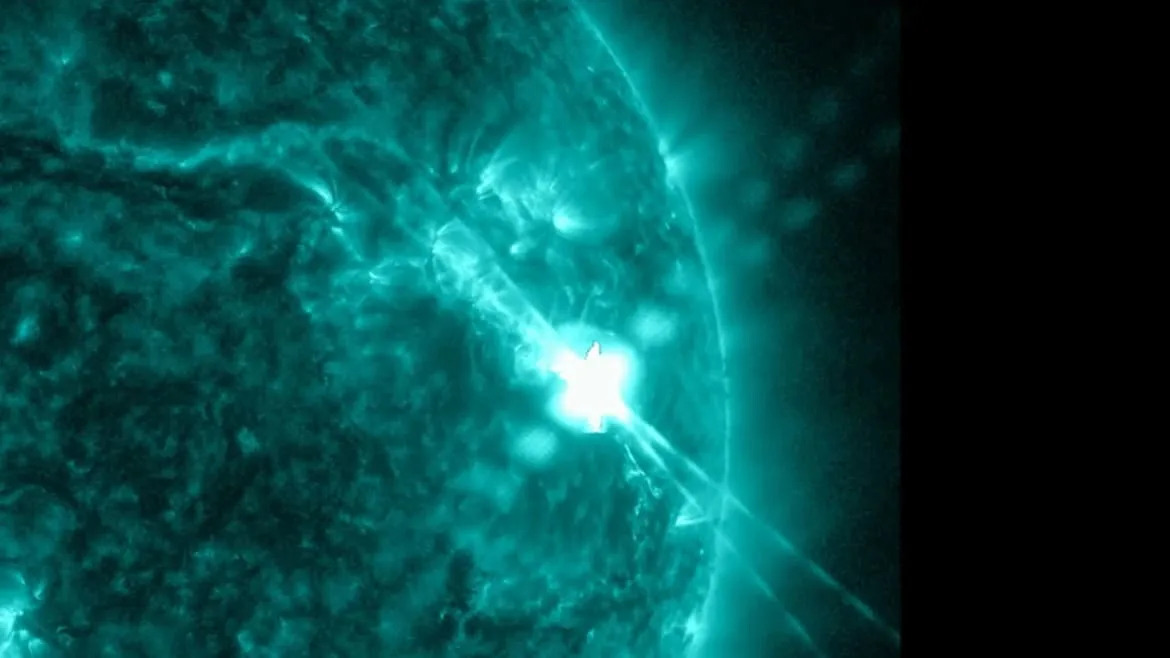
NASA
A massive solar flare captured by NASA’s Solar Dynamics Observatory on Thursday afternoon disrupted radio communication across the world for about two hours. Solar flares are powerful bursts of energy from the sun that can impact radio signals, electric power grids, and navigation systems. NASA classified Thursday’s incident as a X2.8 flare, belonging to the most intense class. The U.S. government’s Space Weather Prediction Center stated that the solar flare was the largest it recorded in six years and multiple pilots complained about communication difficulties. CBS News reported that the sun is currently in a maximum phase where it is experiencing higher activity. This will make phenomena such as the northern lights, which occur when a solar flare erupts toward Earth, more likely to be visible.
The Sun emitted a strong solar flare on Dec. 14, 2023, peaking at 12:02 ET. NASA’s Solar Dynamics Observatory captured an image of the event, which was classified as X2.8. https://t.co/4INrRFqIg7 pic.twitter.com/2dJ1YMkiXS
— NASA Sun & Space (@NASASun) December 14, 2023
Biggest solar flare in years temporarily disrupts radio signals on Earth
WGN - Chicago
Fri, December 15, 2023
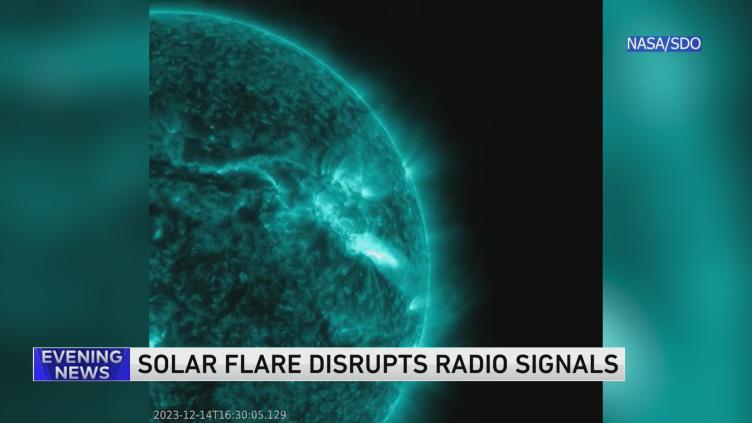
A NASA telescope has captured the biggest solar flare in years, which temporarily knocked out radio communication on Earth. READ MORE: https://wgntv.com/science/ap-biggest-solar-flare-in-years-temporarily-disrupts-radio-signals-on-earth/
Massive solar flare erupts from sun, may bring northern lights
The solar flare is likely the most powerful since 2017.
A Massive Solar Flare Just Knocked Out Radio Communications Back on Earth
Victor Tangermann
Fri, December 15, 2023
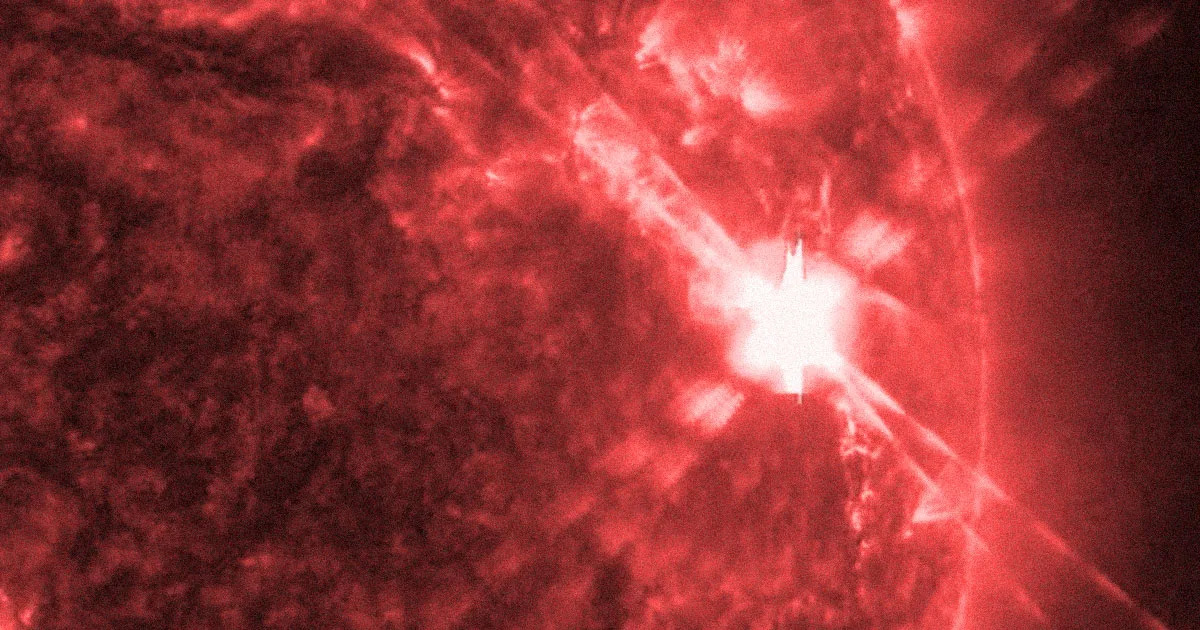
Flare Gun
The Sun is entering the most active part of its 11-year cycle, unleashing powerful solar flares, coronal mass ejections, and streams of energetic particles in every direction — including toward our own humble Earth. Just earlier this month, a massive hole opened up in the Sun's atmosphere, allowing copious amounts of solar wind to escape.
And on Thursday, NASA's Solar Dynamics Observatory encountered the biggest solar flare recorded since at least 2017, which was powerful enough to knock out radio communication here on Earth for two hours in parts of the US and other locations around the world, the Associated Press reports.
According to the National Oceanic and Atmospheric Administration's Space Weather Prediction Center, it's "likely one of the largest solar radio events ever recorded."
Knockout Punch
Scientists have long warned that powerful solar storms could wreak havoc with electric equipment on Earth. They can cause train signals to go haywire, mess with entire power grids, and even kill satellites in Earth's orbit.
Earlier this year, professor of physics and astronomy at George Mason University Peter Becker went as far as saying that a particularly intense solar storm could trigger an "internet apocalypse," potentially plunging the globe into a "worldwide recession."
Scientists are predicting that the Sun will hit the apex of its 11-year cycle, or solar maximum, sometime in 2025, suggesting that we're in for many more solar flares like it in the near future.
More on solar flares: The Sun Just Blasted the Earth With an Enormous Solar Flare

Flare Gun
The Sun is entering the most active part of its 11-year cycle, unleashing powerful solar flares, coronal mass ejections, and streams of energetic particles in every direction — including toward our own humble Earth. Just earlier this month, a massive hole opened up in the Sun's atmosphere, allowing copious amounts of solar wind to escape.
And on Thursday, NASA's Solar Dynamics Observatory encountered the biggest solar flare recorded since at least 2017, which was powerful enough to knock out radio communication here on Earth for two hours in parts of the US and other locations around the world, the Associated Press reports.
According to the National Oceanic and Atmospheric Administration's Space Weather Prediction Center, it's "likely one of the largest solar radio events ever recorded."
Knockout Punch
Scientists have long warned that powerful solar storms could wreak havoc with electric equipment on Earth. They can cause train signals to go haywire, mess with entire power grids, and even kill satellites in Earth's orbit.
Earlier this year, professor of physics and astronomy at George Mason University Peter Becker went as far as saying that a particularly intense solar storm could trigger an "internet apocalypse," potentially plunging the globe into a "worldwide recession."
Scientists are predicting that the Sun will hit the apex of its 11-year cycle, or solar maximum, sometime in 2025, suggesting that we're in for many more solar flares like it in the near future.
More on solar flares: The Sun Just Blasted the Earth With an Enormous Solar Flare
No comments:
Post a Comment